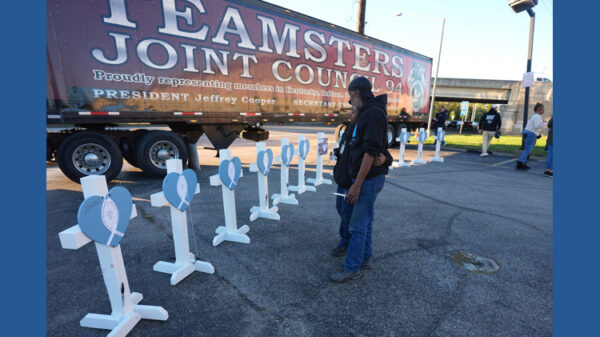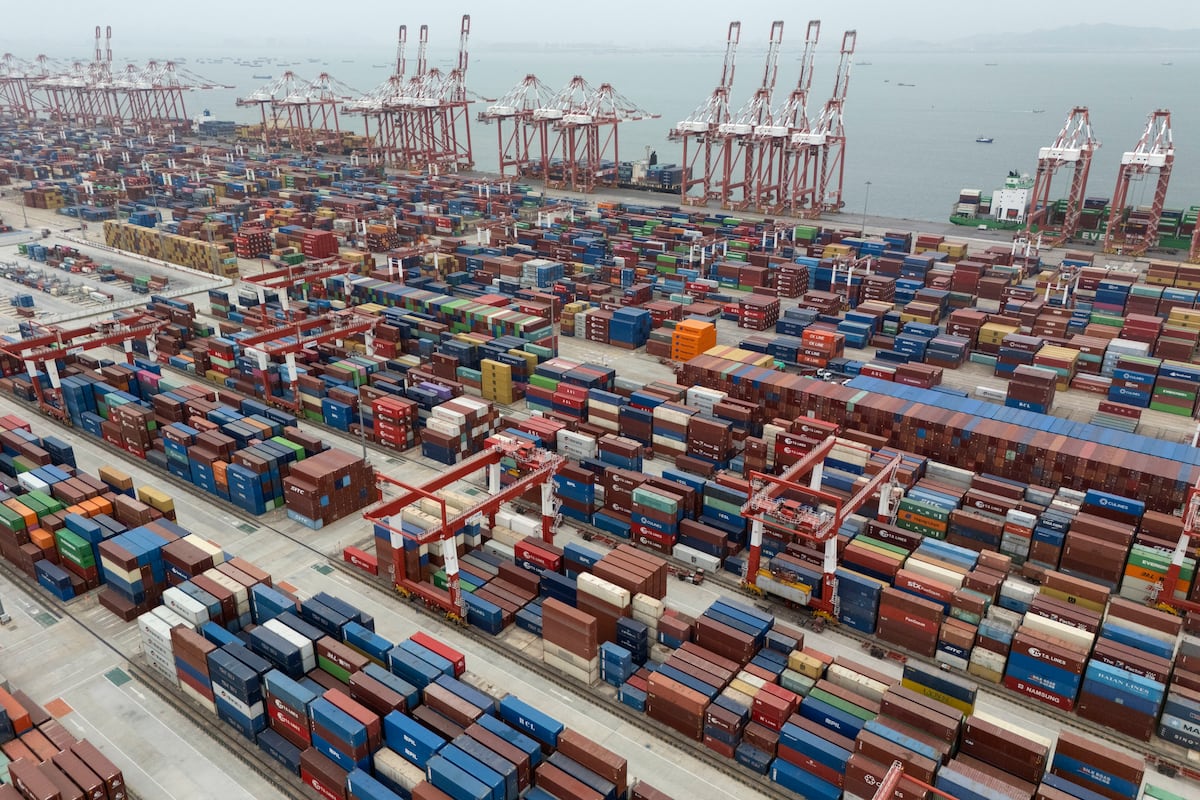Should the United States find itself in a military conflict with China, the U.S. Army could play a pivotal role by employing advanced rocketry. While ground troops may not directly engage in assaults on major urban centers like Shanghai, the Army possesses a significant capability to strike key targets on Chinese territory. This includes a range of long-range munitions currently in service or development, such as the Precision Strike Missile and the Dark Eagle Long-Range Hypersonic Weapon, which can reach targets between 1,000 and nearly 3,000 kilometers away.
A primary focus for these strikes would likely be Chinese ports, which are crucial for sustaining the Chinese military fleet, facilitating potential amphibious operations against Taiwan, and supporting the broader Chinese economy. Despite the potential advantages of targeting these strategic infrastructures, Capt. Micah Neidorfler, an Army National Guard officer, cautions against such actions. In a recent essay for Military Review, he argues that preserving the maritime shipping infrastructure during conflict is essential for postwar recovery.
Neidorfler’s perspective challenges a long-standing military doctrine that advocates for the destruction of enemy infrastructure to compel surrender. He emphasizes that the U.S. economy remains significantly intertwined with China’s, relying on Chinese goods for everything from electronics to agricultural exports. The global economy, particularly in manufacturing, is heavily dependent on China’s industrial capabilities.
“U.S. joint doctrine specifically identifies ports as targets,” Neidorfler noted. “Predictions for a U.S.-China war perceive Chinese ports as likely targets for U.S. strikes.” However, he warns that damaging these ports could lead to severe repercussions for both the global and U.S. economy, making any military victory potentially costly.
Neidorfler proposes a more nuanced approach that targets specific components of ports rather than the infrastructure as a whole. This strategy aims to render ports temporarily inoperable while avoiding long-term damage, allowing for a quicker return to normal maritime trade post-conflict. He explains that ports consist of many vulnerable elements, such as cranes and piers, that can be disrupted without compromising their overall functionality.
As the Army considers its role in a possible Pacific conflict, Neidorfler points out that defense analyses often overlook the Army’s contributions or frame them narrowly. Over the past decade, the Army has focused on themes such as command and control, sustaining the joint force, and protecting it through air defense and long-range fires.
The question of whether the U.S. would actually target Chinese ports is complex. With China possessing the world’s third-largest nuclear arsenal and intercontinental ballistic missiles capable of reaching the continental United States, the decision to strike Chinese cities may involve more political considerations than strictly military ones.
Neidorfler suggests an alternative strategy: seizing Chinese-owned ports in other nations to use as leverage or to prevent their utilization as military bases. According to a 2024 estimate, Chinese companies have investments in 129 port projects worldwide. He argues that the Army’s existing force structure could support such operations, as a U.S.-China conflict may not necessitate a large number of maneuver units in the Pacific.
Using special operations forces or engaging local military partnerships could facilitate the capture of lightly defended Chinese overseas infrastructure. However, Neidorfler acknowledges the political challenges associated with this approach. Seizing Chinese property raises sovereignty issues for countries hosting these ports, and unilateral action by the U.S. would likely face resistance. It may be more feasible for third-party states to take action instead.
Experts on China express reservations about these strategies. Lonnie Henley, a researcher at the Foreign Policy Research Institute, questions the authorization for attacking Chinese ports, suggesting that future political decisions could vary widely. He emphasizes the logistical challenges associated with launching long-range missiles, noting that the U.S. Air Force and Navy already possess substantial missile capabilities.
While Neidorfler’s ideas may not align with conventional military thinking, he advocates for a realistic approach to conflict resolution. He argues that any settlement between the U.S. and China must be mutually acceptable to ensure lasting peace. Without a clear path toward a diplomatic resolution, the U.S. Army must adapt its strategies in preparation for a complex and multifaceted conflict.




































































